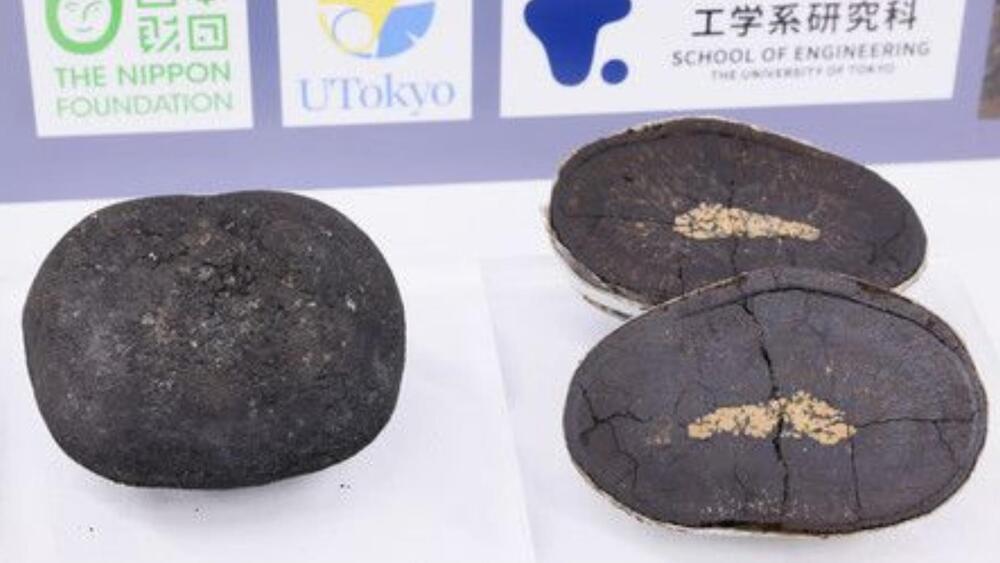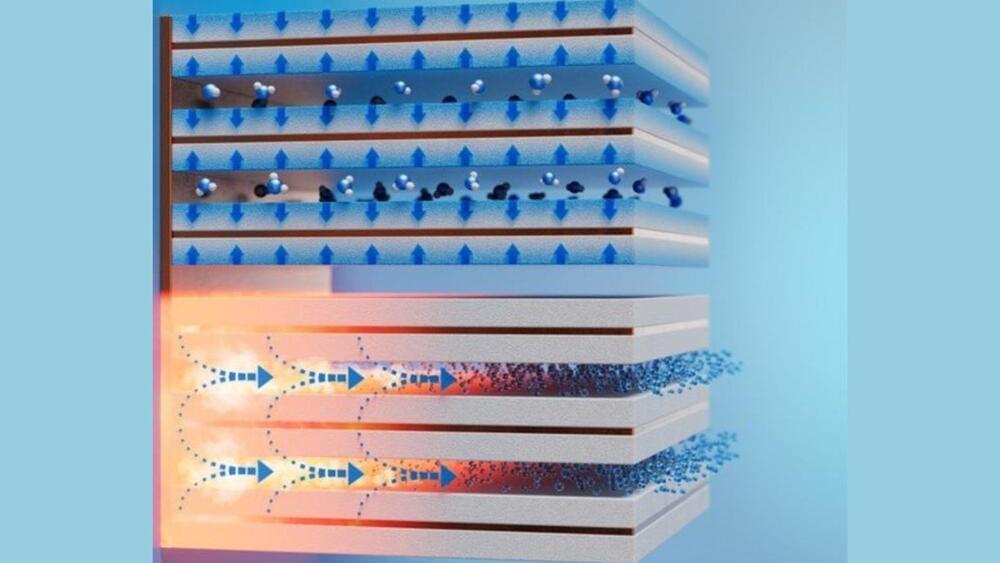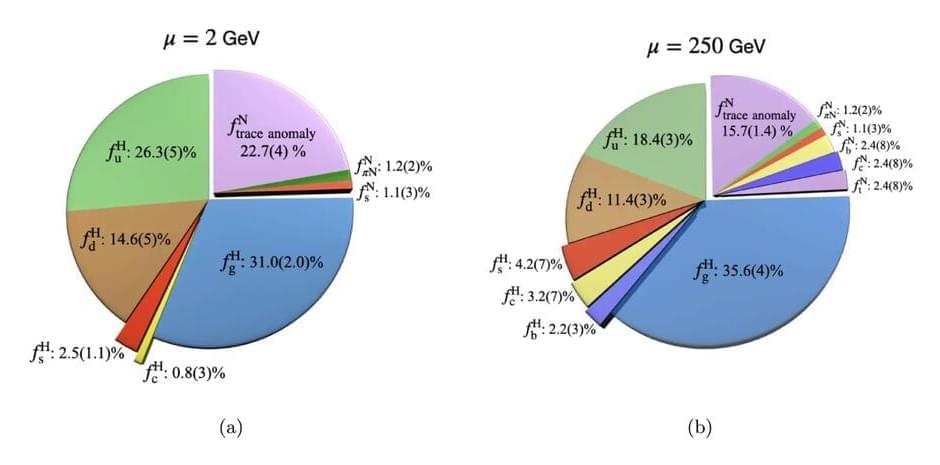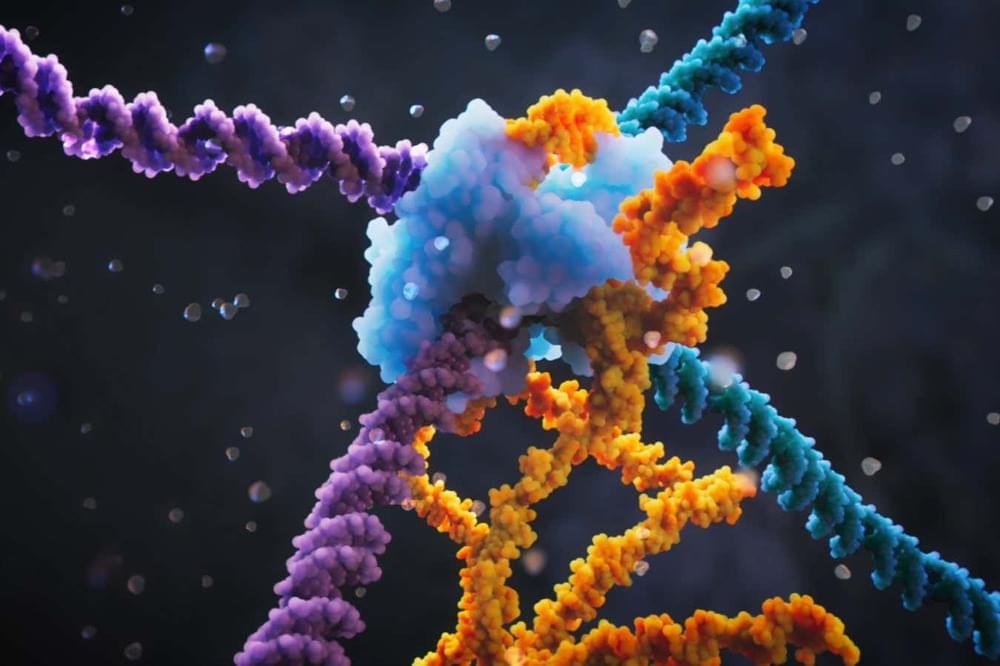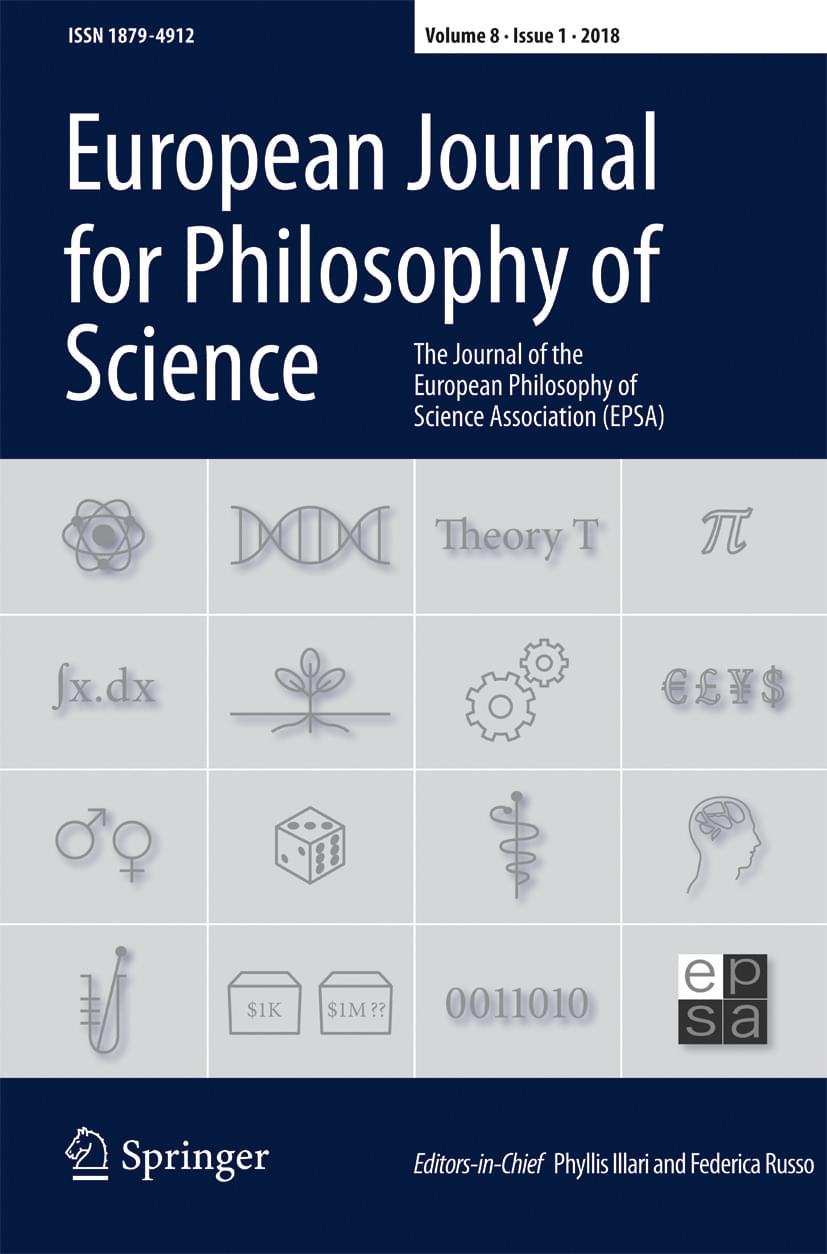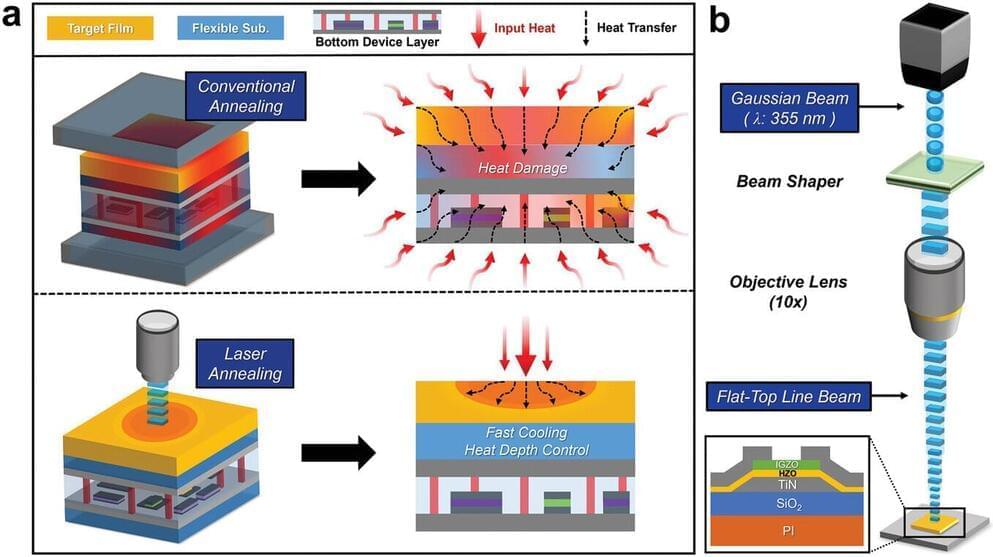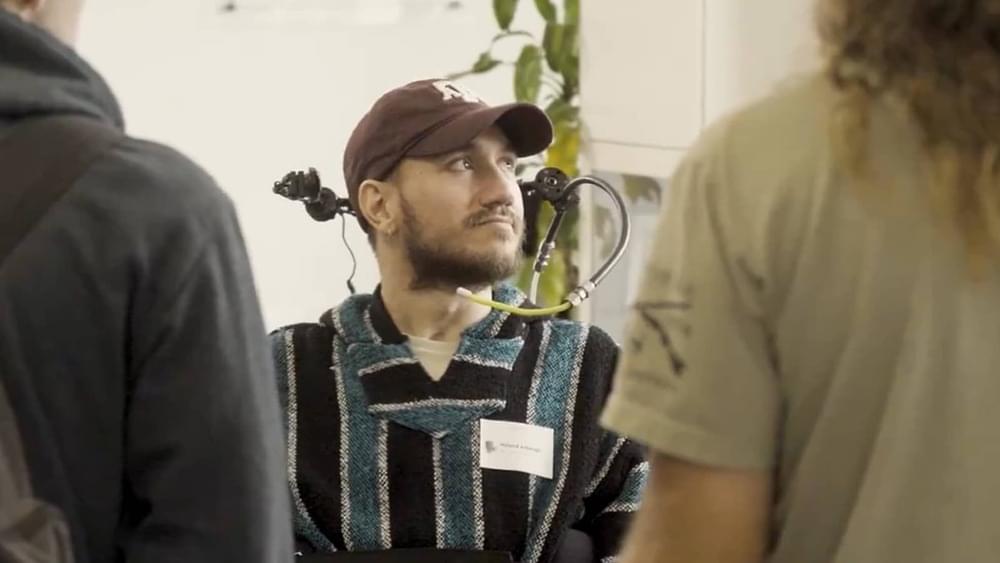Japan has found metal deposits useful for EVs.
Researchers probe seabed remotely:
Manganese, cobalt, and nickel are important constituents of lithium-ion batteries, and therefore are considered essential for advancing EV production.
The researchers estimate that the deposits, which are spread across an area of around 10,000 square meters, roughly contain approximately 610,000 tonnes of cobalt and 740,000 tonnes of nickel.
The site of the mineral discovery around Minami-Torishima island in Japan had been under observation since 2016. However, a detailed survey of the site started in April last year and continued till early June 2024.
